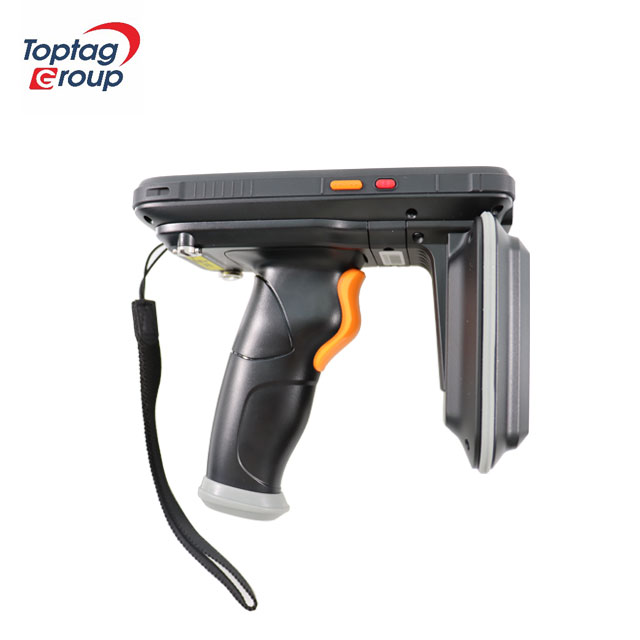Product Introduction
RFID blocking card is protecting the credit card from theft scanning when place the blocking card together. This kind Blocking Card instantly creates a surrounding electronic field making all 13.56MHz cards virtually invisible to RFID and NFC scanners.
Features: Keeps your information of cards, such as credit cards, debit cards, drive license, identification cards, passports, etc, safe from nearby or remote RFID scanning with the Blocking Card.
Product Parameters:
| Material |
PVC |
| Card size | 85.5*54*0.9mm |
| weight | 8g |
| printing | Customized Full Color Printing |
| RFID blocking type | E-field blocking |
| Shield Frequency | 13.56MHz |
| Shield RF interface |
ISO14443, ISO15693 |
| Durable use time |
10 Years |
| Protection | All kinds cards with 13.56MHz. Such as credit cards, identity cards, drive cards, bank cards, dibet cards, passport, etc |
| Operating Temperature | —50℃ ~ 85℃ |
| Package |
Carton size:48*29*20cm GW:16kg |
How to use?

Step 1: Place in center of wallet
Step 2: Relax, as you are now protected
(No battery required)
Note: The electronic field produced by the Blocking Card has a limited effective range.
For best protection, place the Blocking Card directly in front (or back/middle) of your credit and debit cards(As picture on left). Certain wallet layouts may require 2 Blocking Cards to ensure the highest coverage of protection.
Why use RFID blocking card?

The Federal Trade Commission (FTC) maintains the Consumer Sentinel Network, which keeps track of consumer fraud and identity theft complaints that have been reported to federal, state, local, and private law enforcement authorities.1.4 million of the 3 million identity theft and fraud reports that were received in 2018 involved fraud, and 25% of those cases included allegations of financial loss. Consumers reported $1.48 billion in losses as a result of fraud complaints in 2018, an increase of $406 million from the previous year. In these circumstances, buyers spent $375 on average. Imposter schemes were the most often reported fraud kind, according to the FTC, and they also placed first among the top 10 fraud types.Identity theft claims fell from 2015 to 2018 by 9.3 percent, but began to increase again in 2018 and were up 19.8 percent from 2017 to 2018.
The blocking card does not require a battery.
In order to operate, it receives electricity from the scanner and immediately produces
a surround electronic environment known as an E-environment that makes all 13.56 MHz cards.
hidden from the scanning.
The blocking card loses its power as soon as the scanner leaves its range.
Convenient
All 13.56mhz cards that are in the E-Field of this blocking card’s range will be secured, thus all you have to do is keep it in your wallet and money clip.

FAQ:
1.What is the difference between RFID and NFC blocker?
There’s no real difference between RFID and NFC blocking because they use the same technology, albeit NFC operates on a reduced range. Aluminum foil around a phone would block both RFID and NFC.
2.Do RFID-blocking wallets mess up my cards?
After multiple studies, there is no evidence that RFID-blocking wallets can damage credit cards. They are passive blockers, more like a shield or a Faraday cage for your cards. These wallets have been tested on both chip and stripe cards, and neither have shown any adverse effects.
3.Do RFID blocking cards really work?
Yes. RFID blocking cards do work. They create a protective shield around your cards that prevents unauthorized scanners from recording and stealing information stored within the chips.
4.Is RFID blocking really necessary?
If you’re at low risk, or simply don’t use anything that has RFID in it, then you probably don’t need RFID protection. For low-risk people that still have cards, passports, or ID you’d prefer to keep under wraps, then investing in some protection could be worth that extra peace of mind to know you’re covered.










